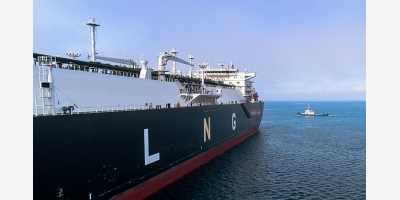Florence Tan (Reuters)
Oil producers from Africa to the Americas have a growing opportunity to supply crude to the Asia-Pacific, as the region’s output stagnates and massive refining capacity comes online in China and India.
Asian refiners import — mostly from the Middle East — more than twice the volume of crude produced regionally, and have been taking more shipments from West Africa since 2009. The last two years they have also been buying more from Europe, Canada and South America whenever prices and shipping costs allow.
Now, with regional producers struggling to hold supply steady as mature fields decline, Kazakhstan, Nigeria and Mexico are looking to ship more crude to Asia as the US shale oil boom slashes the need for imports there.
“US imports are down and what they are not importing are mostly light sweets from Africa because crude produced in the US is also light sweet,” said Thailand-based independent oil analyst John Vautrain.
Asia will require an additional 300,000 barrels per day (bpd) of low-sulphur or sweet crudes in 2014 compared with last year, to meet demand from new refineries and for blending with cheaper, low quality oil, according to an oil company analyst.
The Asia-Pacific, which produces mainly sweet crudes, had been expecting a boost this year from higher output in Indonesia and Malaysia. But project delays in the Southeast Asian nations highlight challenges in meeting the broader region’s growing demand, especially given a lack of big oil discoveries.
Still, the volume of the additional imports depend not only on how fast regional oil demand grows versus flattening output growth, but also on how desperate suppliers from other regions become as export opportunities slump in other markets.
Asia-Pacific oil demand overall is forecast to grow 500,000 bpd, or 1.5 per cent, to 30.6 million bpd this year, with China’s oil use rising 3.4 per cent and India’s 2.4 per cent, according to the International Energy Agency.
Potential substitutes to fill the gap are not only sweet crude grades from Africa, but also high-sulphur grades from the Middle East and Latin America, Vautrain said.
“There’s also more Latin American crude coming here, some of Venezuelan, but also from Ecuador,” Vautrain said.
“Those crudes are cheaper ... (and) are going to be a little more challenging but that’s okay because the Asian market is certainly capable of processing these now.”























